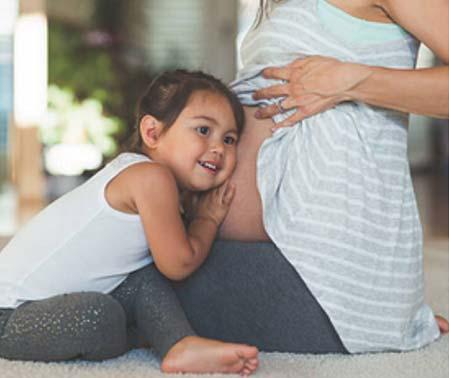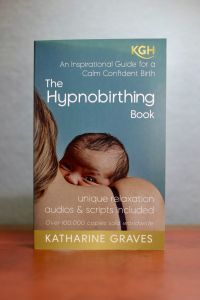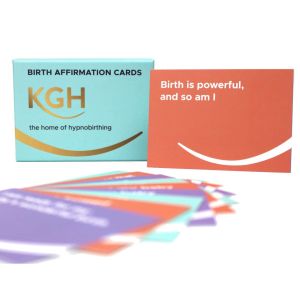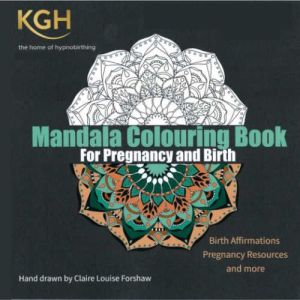
The Jeremy Vine show on Radio Two yesterday highlighted the problem of women being pressurised into agreeing to a vaginal examination before their partners are allowed to be with them in hospital when they give birth. This is not acceptable and we need to look very seriously at how our maternity services are functioning at the moment. We know that birth workers are fully committed and caring, but is the system working effectively for women?
You can listen to the show here. The maternity discussion starts at 35.30 onwards.
Below are some extracts from an email I received this week from one of the mums I taught recently. It really highlights the awful situation woman are being put under right now:
Birth Story: My husband was not allowed
We arrived at the hospital at 1:45am. I’d called the hospital on the way to tell them I was coming in. I was able to hold a conversation quite calmly and was concerned they may send me home so I was really keen for them to check how far I was dilated. On arrival I felt quite controlled and fairly calm, but when we got to the maternity triage they told me that the midwife was on a break and would take 10-15 mins to see me. I was very aware I was moving far along at this point but I think my calmness made them take me less seriously?
Due to Covid-19 restrictions my husband wasn’t allowed to wait in triage with me so the receptionist said if I wanted to stay with him I could go for a walk in the corridor. Choosing to stay with him, I went outside where there were no chairs or people and walked along holding a window ledge. The pain was coming thick and fast now and I admittedly began to lose my calm as I was frustrated to be sent outside and really wanted to be seen. After 9 minutes we went back in to ask if the midwife was ready, and was told by the receptionist that she was back but was now discharging another patient so I had to wait. So I went back outside. Again on the corridor I think I started to panic a little due to being outside, but I used the hypnobirthing breathing techniques to stay calm and focused.
I continued my up-breathing visualisations and told myself to keep calm and began making noises to help through each surge – I began to hum loudly through them but at times I couldn’t help some fear creeping in as I was worried I’d be left outside longer – I didn’t want to give birth on the corridor! It was very quiet as it was the middle of the night, but now and then a random person would walk past and I was aware that any oxytocin I might have had would decrease! As the surges continued to get more frequent I went back to triage to go to the bathroom there – once inside and behind the locked door my surges got even stronger.
I started making A LOT of noise and someone knocked on the door – I was relieved to see a midwife when I unlocked it and she asked if I was okay. I told her no and begged her to help me!
She took me away quickly and led me to a birth suite. My husband was still not allowed inside at this point but said he could hear me!
I was so relieved to be inside a room and answered questions about my pregnancy as I got on the bed. The midwives hadn’t seen my notes and didn’t know anything about me! At this point I really feel the Hypnobirthing techniques helped me think with more clarity and also develop a feeling of acceptance of the situation – I used some positive affirmations and I remembered to sit up to allow gravity to help. I didn’t mean to but the image of Crystal’s calm birth video entered my head and I began to calm down a little, compared to when I entered the room in a flurry with the midwife. I had planned to have a water birth and at first was asking to get in the pool (they’d started running the taps) but something took over on the bed and I knew and accepted we wouldn’t make it there in time.
My daughter was born within around 8 minutes of me arriving in the birthing suite, on the bed so not as I had planned but smoothly and very swiftly. We arrived at the hospital at 01:45 and she was born at 02:45! I had planned not to have any interventions but even if I’d wanted to there was no time.
The birth felt dramatic at times but I definitely had an internal strength that I believe Hypnobirthing contributed to. I used the KGH techniques successfully during my first birth as well, so now I’ve completed the teacher training course, I hope to pass these on to other mothers and help them feel in control of their experience.
This coercion is not acceptable
We are hearing of so many examples of women who are effectively being coerced into agreeing to a vaginal examination before they can be with their partner. Having your birth partner with you, as you can see from the story above, is an essential part of the support for any birthing woman. At such a vulnerable time woman should not be put in this situation.
Do women even need a vaginal examination?
I was at a hearing at the National Maternity Council two years ago when the panel agreed that it is perfectly safe for a midwife to support a woman in labour without doing vaginal examinations. Most people think that vaginal examinations are an essential part of labour, but they are not. The guidelines say that vaginal examination should be offered. The guidelines are a reminder to midwives of the interventions they should offer to mothers. They are not a list of rules mothers are obliged to follow.
For an uninterrupted birth many women decline vaginal examinations and it is very rare for a midwife to feel she needs to do one in order to establish the situation when something unusual is happening. A vaginal examination gives you no indication of how labour has progressed so far or how it is going to progress in the future. It is simply a snapshot of how far dilated you are at that moment which has little clinical significance. A good midwife has other signs that will tell her about the progression of labour, and a mother would be better occupied focusing on her breathing and her body. Vaginal examination can be embarrassing and for a woman to have to get on her back during labour can be uncomfortable as well as painful. It can also considerably delay the course of labour.
Giving birth at home
As a result of this situation, many women are choosing to give birth at home. This is a sensible and safe option for many women. Often women make the assumption that hospital is safest when research shows that this is not always the case.
Regardless of where she chooses to give birth, any procedure should always be ‘offered’ to a woman and it is entirely her choice whether to accept or not.
I understand that there are many challenges that we are all having to face at this time, but this one feels like a step to far. Is the system broken? How can we help change this so we can effectively support women at this vulnerable time? I know that many Trusts are implementing different systems so it is even more important for women to ask the right questions during their pregnancy and make sure they are choosing the right place to give birth for themselves and their baby.
I would love to hear what you think about this. Please contact me here.
Katharine.









